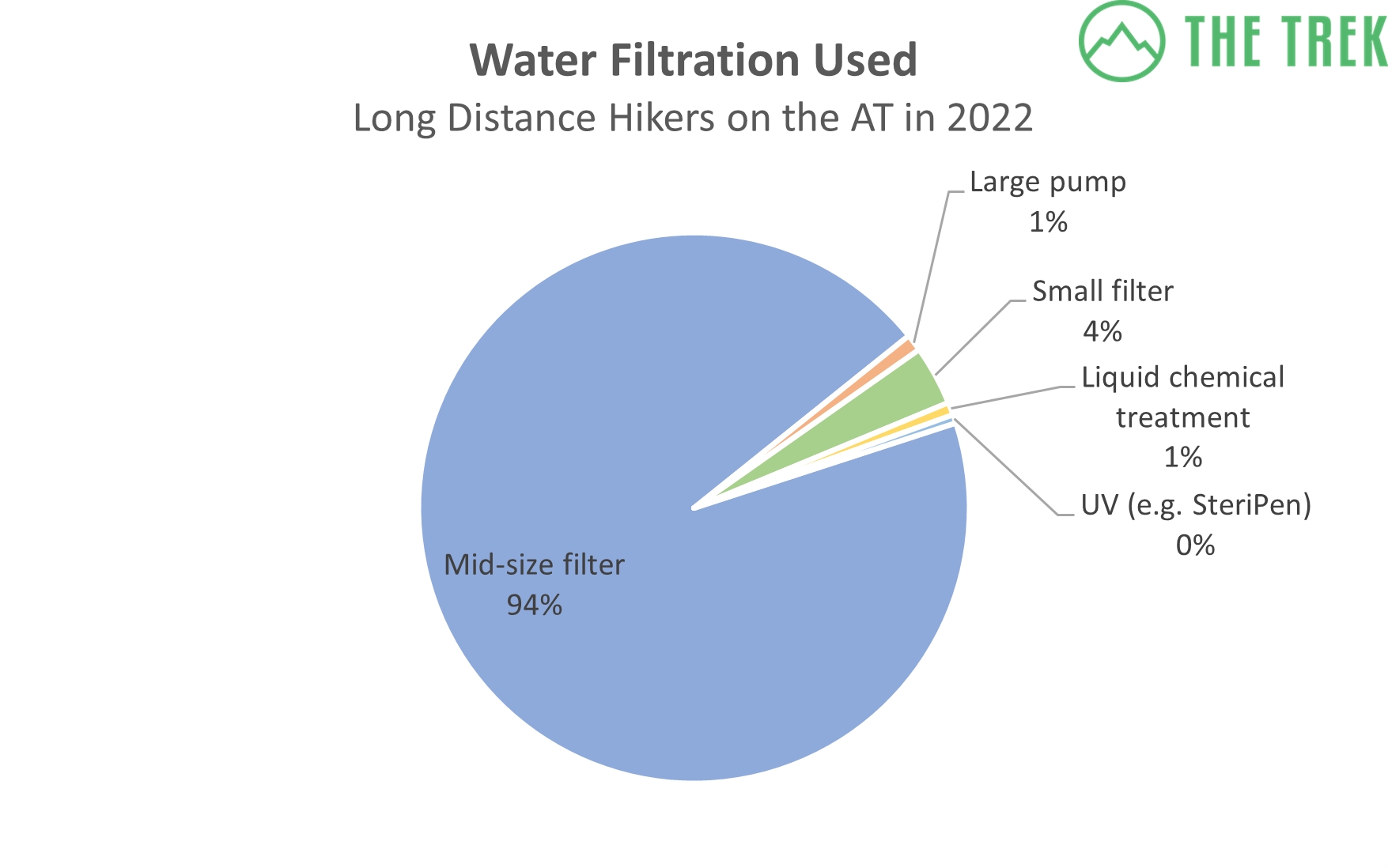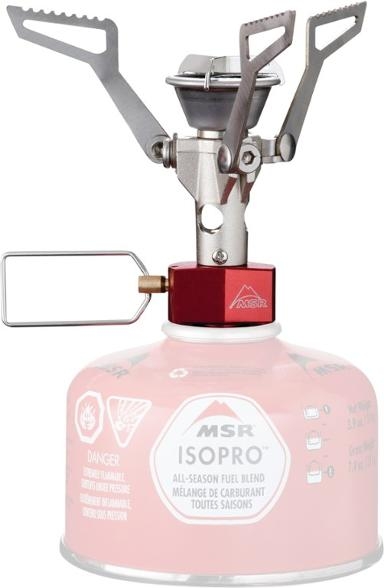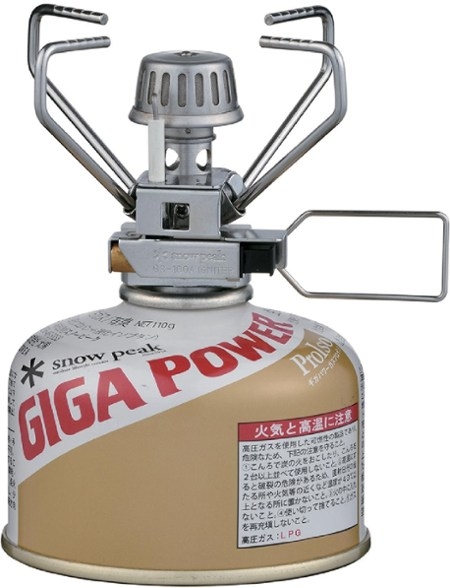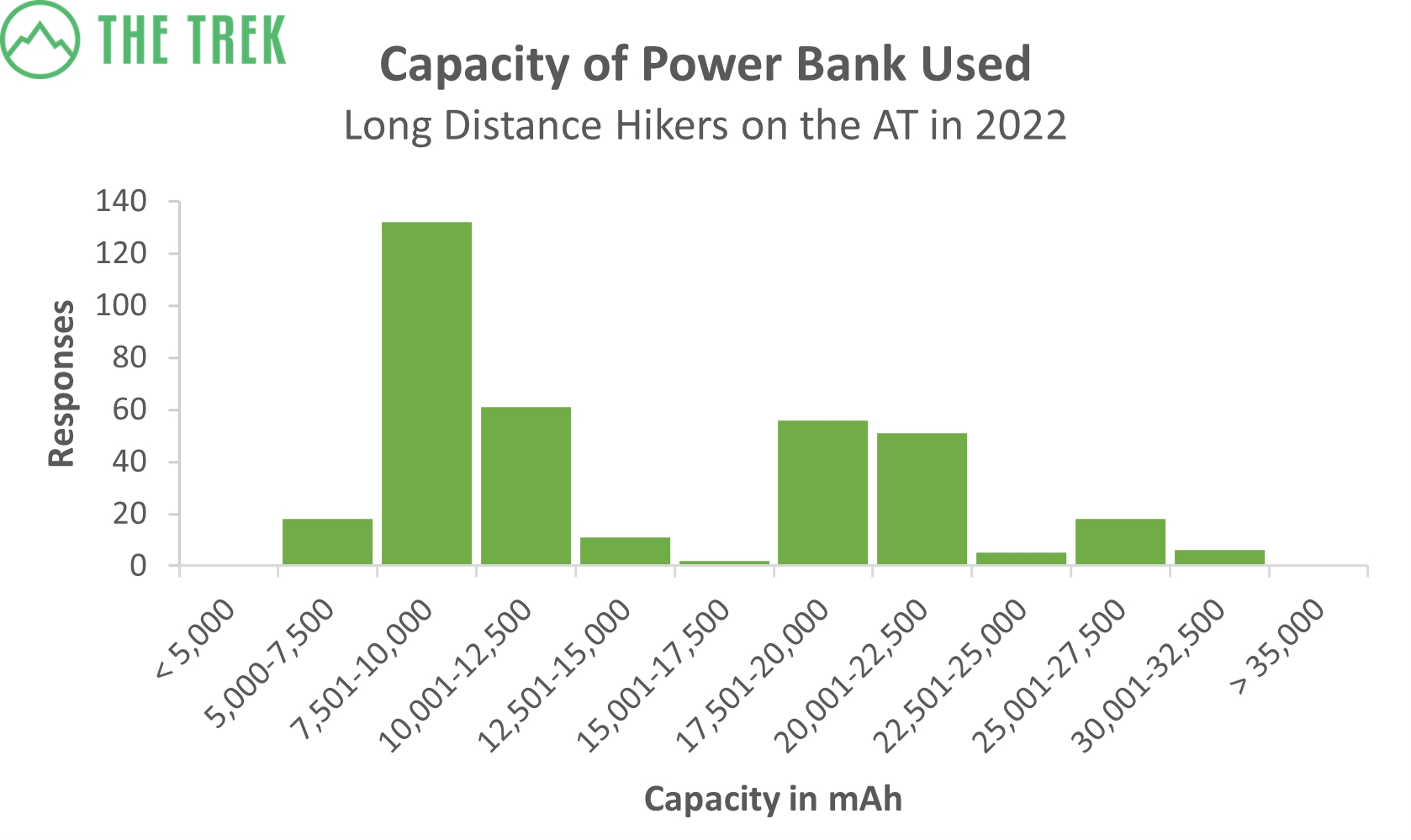Top Stoves, Filters, and Power Banks on the Appalachian Trail: 2022 Thru-Hiker Survey
Each year here at The Trek, we ask long-distance hikers on the Appalachian Trail (AT) about the stoves and water filters they used on their 2022 thru-hike. This year we added questions about power banks hikers used. In this final post of the series, we’ll cover the most popular cooking systems, resupply strategies, water filters, water- and tickborne diseases, and power banks.
The Hiker Sample
In 2022, 403 hikers participated in the survey, all of whom hiked on the AT in 2022. Almost 90 percent were thru-hikers, and the rest were section hikers. For more details on hiker demographics, check out our first post with general information from the survey.
The data were collected from October through November 2022 via our social media platforms, Backpacker Radio, and TheTrek.co. Some clean-up of the data was done only when necessary, mostly involving start/end dates. (There were a few time travelers who claimed to have started their hike in 2023 while still completing it this year.) No obvious duplicates were found.
Water Treatment
We asked hikers how often they filtered the water they took from natural sources. The vast majority filtered all of the water they took. An even more overwhelming majority (97 percent) almost always filtered once you count the 5 percent that filtered most of the time and the 5 percent that filtered all sources except springs. Only two hikers said they never filtered, while seven said they occasionally filtered their water.
Water Treatment Type
Water treatment is commonly done via five methods:
- A filter that water is pushed through manually, making it ready to drink instantly (e.g. the Sawyer Squeeze). This is usually attached to a dirty water bottle or pouch.
- A pump that filters the water (e.g. the MSR MiniWorks). This requires no wait time.
- Liquid chemical treatments, which take a few minutes to react before the water is safe to drink (e.g. Aquamira).
- Tablets (e.g., Aquatabs), which operate the same way as liquid treatments. Tablet treatments have been around longer than liquid treatments and, while small, are bulkier than liquid options.
- Devices inserted into the water bottle or bag that use UV rays to treat the water (e.g. the Steripen).

Almost all hikers, 95 percent, used a mid-size filter this year. That’s up quite a bit from last year’s 66 percent and 2019’s 77 percent. 4 percent of hikers used a small filter like the Sawyer Mini, 1 percent of hikers used a large pump, another 1 percent used liquid chemical treatment, and only two hikers used UV treatment.
The most popular model of filters of treatment type is difficult to capture as many hikers used a combination of different models and/or didn’t remember the exact name of the product they used. However, the Sawyer Squeeze, Katadyn BeFree, and Platypus QuickDraw were mentioned numerous times.
Waterborne Illness
Only 4 percent of hikers (15 respondents) stated they contracted a waterborne illness during their hike. Interestingly, no one from the small group of hikers who never filtered suffered from waterborne illness. Meanwhile, 3 percent of hikers who always filtered their water contracted a waterborne illness. There was a higher instance of waterborne illness among hikers who filtered some, but not all, of the time, but that is mostly because the sample size of those hikers was so small.
Lyme Disease and Prevention
Out of 403 hikers, 12 hikers contracted Lyme disease. Many hikers made efforts to prevent Lyme disease, with almost half of hikers treating their clothes or gear with permethrin. Another third checked themselves daily for ticks. Only 11 percent of hikers did not take any prevention against ticks and Lyme disease.
Resupply Strategy
Over 95 percent of hikers resupplied every three to five days. There were a few outliers, with one hiker who went into town every day and one who resupplied every 14 days on average.
Fully 84 percent of hikers choosing to resupply by purchasing food in town. 11 percent used an even combination of in-town grocery shopping and mail drops, and only 5 percent of hikers relied exclusively on mail drops.
Hikers with dietary needs and restrictions were more likely to use maildrops, whether solely or in combination with purchasing food in town. This year, 20 percent of hikers had some type of special dietary need (such as vegetarianism and food allergies). Many of them had a combination of needs, and one hiker had to adjust his resupply strategy due to his dog’s food needs. Most hikers (95 percent) were satisfied with the strategy they used for resupplying.
Most hikers (86 percent) chose to use a canister fuel stove. This is about the same as years past, with fewer and fewer hikers using alcohol or liquid fuel stoves. Meanwhile, 9 percent of hikers chose to go without a stove, either cold soaking or eating raw food instead. About 15 percent of hikers chose to switch the type or model of stove they used at some point in their hike.
Switching to no stove was a common choice, with 16 new hikers going without a stove. Most hikers (93 percent) were satisfied with their stoves, although there were 18 hikers who were very dissatisfied with their stoves. Of those who switched, only three reported any level of dissatisfaction after switching.
Top Stove Models
MSR (159)
-
PocketRocket (153)
BRS (67)
-
3000T (43)
JetBoil (66)
Soto (22)
-
Windmaster (21)
Snow Peak (14)
- GigaPower (5)
Power Banks
The most popular capacity for a power bank was between 7,500 and 10,000 mAh, with over one-third of hikers choosing a power bank in that range. Almost a third of respondents this year chose a significantly larger carrying a capacity of 17,000 to 22,500 mAh. These two separate spikes are most likely due to the offerings of the popular power bank manufacturers, as many are offered in a 10,000 and a 20,000 mAh size.
Different phone models require a different number of milliamp hours to charge, depending on the size of their batteries. Here’s a handy chart to determine how many phone charges you can get from a power bank based on it mAh capacity.
The most popular models of power banks were difficult to determine, with so many offerings of size and hikers not remembering exactly what model they had. There were many brands listed as well, but two brands were decidedly the most popular.
Anker is at the top of the list: 260 hikers used their power banks. The second most popular brand, with 51 hikers using their power banks, was Nitecore. Based on reported preferences for power bank size, the Anker 313 10000 mAh battery bank and the Nitecore NB10000
Summary
- The majority of hikers always filtered their water from natural sources.
- Mid-size filters, such as the Saywer Squeeze, were the most popular type of water treatment, with 94 percent of hikers using them
- 4 percent of hikers contracted a waterborne illness, and 3 percent of hikers contracted Lyme disease during their hike. Almost half of hikers treated their clothes or gear with permethrin to prevent Lyme disease.
- Most hikers resupplied every three to five days, with every four days being the most popular.
- Purchasing food in town was the most popular resupply strategy, with 84 percent choosing that method. 20 percent of hikers had dietary needs; those with dietary needs were more likely to resupply with a combination strategy or all maildrops
- The majority of hikers used canister a canister fuel stove, with the MSR PocketRocket being the most popular.
- The most popular power bank capacity was 7,501-10,000 mAh, with Anker and Nitecore being the most popular brands.
Thank You!
Many thanks to the hikers who participated in the survey! Congratulations to you all! A huge thanks to Kelly Floro and Zach Davis for making the survey possible. Check out our previous posts with general hiker information, footwear, shelters, sleeping systems, and backpacks. To stay updated on next year’s thru-hiker survey, subscribe to The Trek’s newsletter.
Featured image: Graphic design by Chris Helm.
This website contains affiliate links, which means The Trek may receive a percentage of any product or service you purchase using the links in the articles or advertisements. The buyer pays the same price as they would otherwise, and your purchase helps to support The Trek's ongoing goal to serve you quality backpacking advice and information. Thanks for your support!
To learn more, please visit the About This Site page.





Comments 6